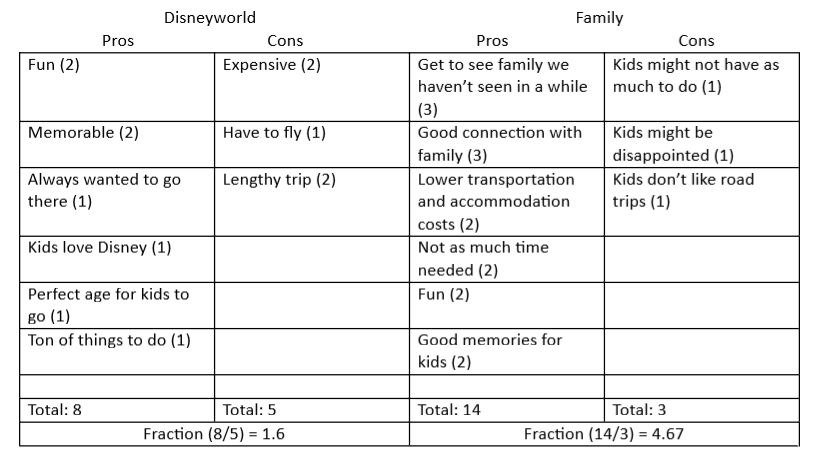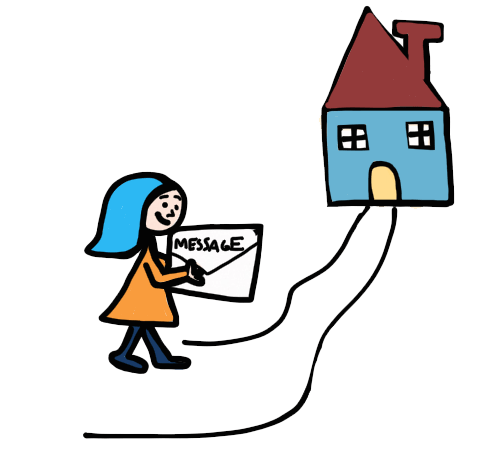Part 2: Beginning a Medication
This post is the second in a series about medications. If you have not done so already, I suggest you read part one in which I discussed how to recognize symptoms and walked through making the decision to take medications. This second part will walk you through what to expect and how to make the most out of your work with a doctor who prescribes mental health medications. There are some things you should know and that you can do to make your work with your prescribing doctor as successful and rewarding as possible. We’ll initially walk through the process of beginning a medication and then explore some other notes about the use of mental health medications.
Your Initial Appointment with a Prescriber
The most common place to begin your work with a prescriber is at your primary care physician’s (or general practitioner’s) office. The vast majority of PCPs/GPs have a good routine knowledge of these medications and can successfully guide you through uncomplicated implementation and maintenance of these medications. However, if you have either a complicated condition (multiple issues or a difficult to treat disorder) or a non-routine response to medications it may be best to work with a specialist (a psychiatrist). Many times people may start with a PCP/GP and transfer their care to a psychiatrist if needed in the future. It is often quicker and easier to get an appointment with a PCP/GP (with a wait time of perhaps a few days) than it is to get in with a psychiatrist (with wait times often over a month).
You are likely to have under 15 minutes with your prescriber, so it is important to be prepared to talk about what you are experiencing in a manner that will lead to an accurate diagnosis of the problem. One of the biggest keys to doing this is to focus on the symptoms you are experiencing rather than your label of what you have. For instance, it is much more effective to say “I feel down almost all the time, I am sleeping way more than usual, and I have no appetite” than to say “I am depressed.” While you would be right in labeling this as “depression,” your prescriber will get much more valuable information from your symptoms, as that information will guide them in their decisions as to which medication(s) are most likely to be effective for you.
Additionally, knowing if any family members have faced similar issues and what their response has been to specific medications can also be valuable information for your prescriber. Similarly, having a list of any medications you have tried in the past and what your response was to them is also very helpful.
Your prescriber is likely to review the prescribed medication with you. It can potentially be overwhelming to digest the information they may provide. However, you needn’t try to remember every tidbit, as the information is available from other trustworthy sources (which we will review a bit later). The main points that you should retain are:
- What type of medication are you being prescribed (antidepressant, antianxiety, mood stabilizer, stimulant, etc.)?
- What can you expect in the first few weeks of beginning a medication?
- What are serious possible side-effects (although very rare) that would require immediate discontinuation and follow up from your prescriber?
- When is your follow up appointment?
- What to do if you miss a dose?
If these issues are not addressed, I would recommend asking them before you leave your initial appointment.
Now that you have completed your initial appointment, it’s time to go get that prescription filled.
The Pharmacy
Depending on your insurance coverage, mental health medications (or psychotropic medication) can be expensive. Thankfully, your pharmacist is likely to be a veritable treasure trove of information on how to make it more affordable. They likely know of programs offered by the drug companies, generic forms of the medication you have been prescribed and all kinds of other tricks to bring your costs down. It never hurts to ask!
In addition to this info on cost, your pharmacist also has wealth of info on the medication you are taking. Sometimes if you have a simple question about your medication it can be difficult to contact your prescriber to ask this question. (Example: “I missed my dose this morning. Is it ok to take it tonight and then again in the morning or should I skip today?”) However, your pharmacist is likely to be able to answer questions for you and should be a lot easier to contact in a timely manner. They can serve as a really useful bridge from your prescribing doctor to you.
I encourage you to not be shy about asking your pharmacist questions. Often, we do not do this about any medications we may be taking, but it can be especially important when it comes to mental health medication. Sometimes this is due to shame or stigma with these medications. While privacy can be hard to come by at most pharmacies, going there at a low traffic time might afford you the best chance to have a semi-private conversation with the pharmacist.
Initial Response to Medication
As with any medication, there may be some side-effects associated with the medication(s) you are taking. The good news when it comes to the majority of mental health medication(s) is that side effects tend to be fairly mild and transient, meaning that they will usually go away in a few days of taking the medication(s) consistently. While there are exceptions, especially if you are generally sensitive to medication(s), your body should adjust quickly if you keep taking the medication(s) as prescribed. Sometimes your doctor will have prescribed the medication(s) to where you take a smaller dose at first and then gradually increase the dose as your body adjusts to it.
The most important thing at this stage is for you to try to stay on the medication(s) long enough for them to become effective for you. Many psychotropic medication(s) take between 4 to 6 weeks before they are fully in your system at a therapeutic level. Sadly, many people will have become frustrated or scared by side effects in the first few days of taking the medication(s) and will stop them. While this may be the best answer if you are having a strong or dangerous reaction to the medication(s), these reactions are rare. Giving a medication(s) at least 2 weeks, knowing that this is the most difficult window where you are likely to have side effects and no positive effects yet, is very important. By the end of two weeks, most of the side effects should have disappeared and you may even be starting to feel better due to the beneficial effects of the medication(s).
Follow Up Appointments
Now that you have gotten started on the medication(s) and have gotten through the side effect window, you will likely have a follow up appointment with your prescriber at around 4 to 6 weeks after you started the medication(s). This is a critically important appointment, so making sure that you attend it and are prepared to discuss the effects of the medication(s) will be a major step in you getting the most out of your experience with medication(s).
Your doctor is likely to ask you how you are doing with the medication(s). As we discussed in the previous post, trying to be descriptive, specific, and focused on your target symptoms is your best approach. Depending on how you have reacted and responded to the medication(s), your prescriber will continue or adjust your medication(s). This will be an ongoing process in the coming months as you and your doctor work towards stabilization. Your doctor may ask to see you monthly until you both feel that things are stable enough to push these follow up appointments to 3 or even 6 months apart.
If you have an appointment several months away and there is a change in your condition or how you are responding to the medication(s), it is usually a good idea to contact your doctor’s office to request an appointment before your next regularly scheduled appointment. It may also be beneficial to talk with your prescribing doctor about what to do if this situation arises so that you can have a plan already in place to deal with such an eventuality.
Polypharmacology
A difficult decision may arise for you if you have started on a medication and your prescriber recommends additional medications to treat other symptoms. Being prescribed multiple medications is what Polypharmacology refers to. If you are not getting the desired response or benefits from your medication, you and your doctor have some options on how to address this issue.
Often times a dosage change will be the first option. Most medications have a range of dosages available and different “therapeutic windows,” or a range of dosages that will provide a beneficial response. Sometimes the recommendation is to raise the medication, but don’t be surprised if the suggestion is to lower the dosage. Sometimes the recommendations can be counterintuitive, but it is important to remember that this is why we rely on the expertise and training of our doctors. If you are unsure of why they are recommending something, ask them to help you understand. Having a relationship with your doctor to where you feel that you are partners in getting you the best outcome is ideal.
At other times, the doctor may recommend adding another medication. Sometimes this is exactly what is needed, as there are several medications that are designed to be adjunctive treatments to other medications. They can “team up” with your other medications to fully address the symptoms you are experiencing. However, I have some clients who hesitate to go down this rabbit hole of adding medications, endlessly pursuing the perfect “cocktail” that can help them feel better. While this does sometimes happen, having an open discussion with your doctor about your concern and exploring if there are other options will often be sufficient to avoid this kind of outcome.
Adherence
Your doctor has an important role in getting you the most effective medication(s) possible, but you also have a vitally important role to play as well. Being a consistent and reliable patient is key as well. This means taking your medication(s) as prescribed and communicating effectively with your doctor.
It is important that you take the medication(s) as prescribed. Sometimes people are tempted to take more or less of a medication if they are not getting the response they desire. While this temptation is understandable, adhering to your prescription as written is part of how you take an active role in managing your medication(s). If you feel the need to alter your prescription, this is a great time to reach out to your prescribing doctor to discuss your concerns. Furthermore, you can always seek an opinion from a second physician if you are feeling unsure of your medication management.
In the Next Part of the Series…
In the third and final part of this series of posts, I will discuss some final points regarding medications including: how long to be on your medication(s), the members of your treatment team, and a few other final points.
EDITED BY DR. JACQUELINE FULCHER @ https://paintedowlpsychology.com






























